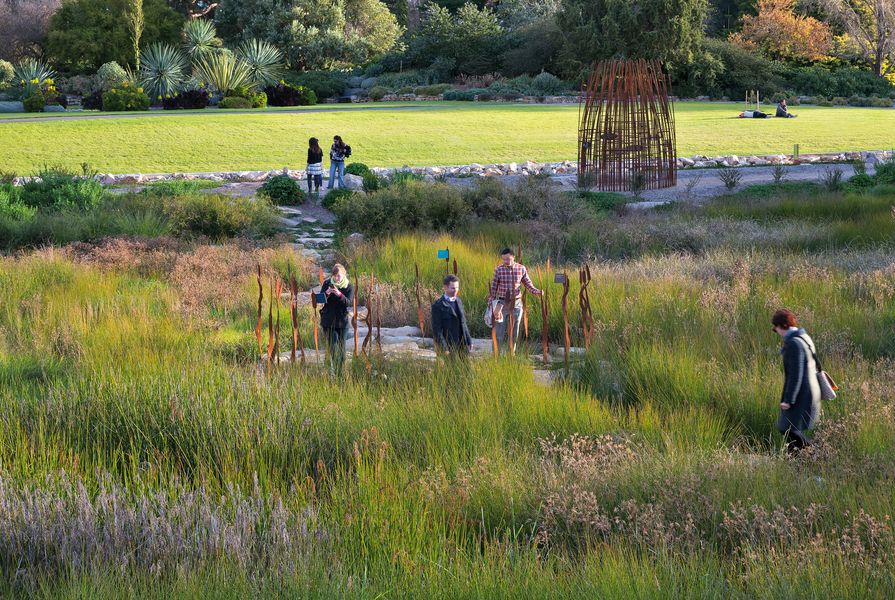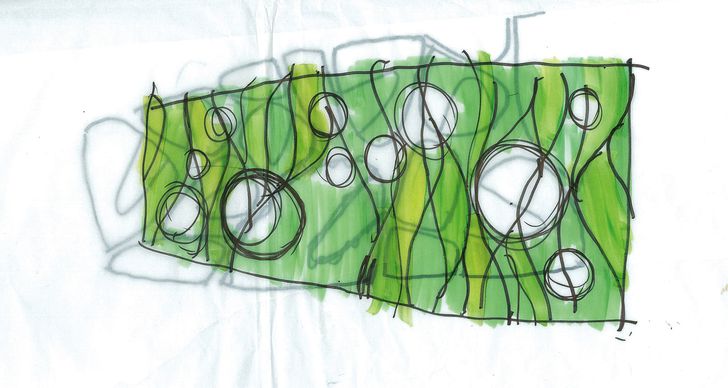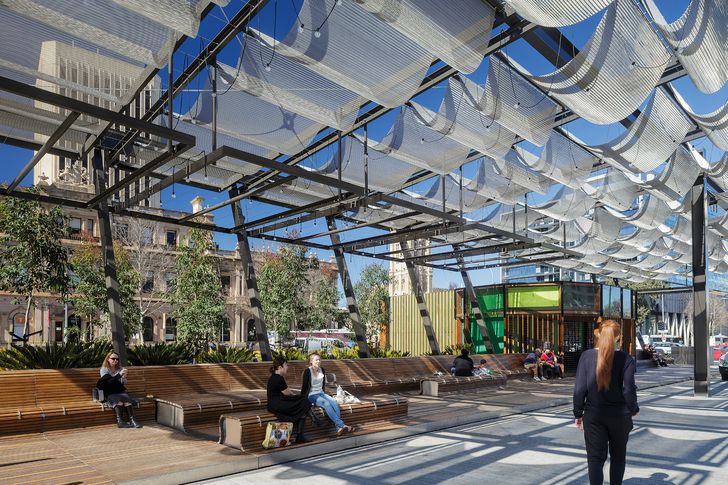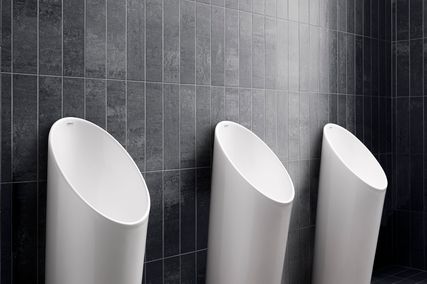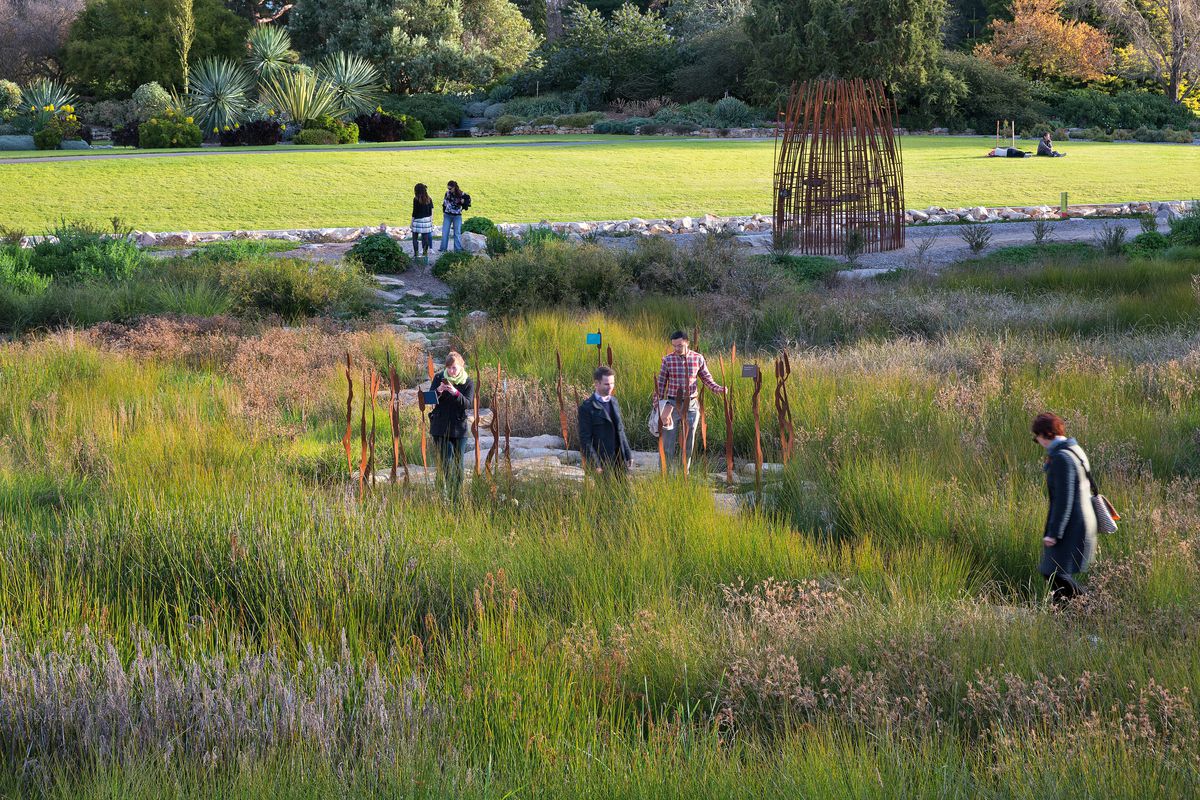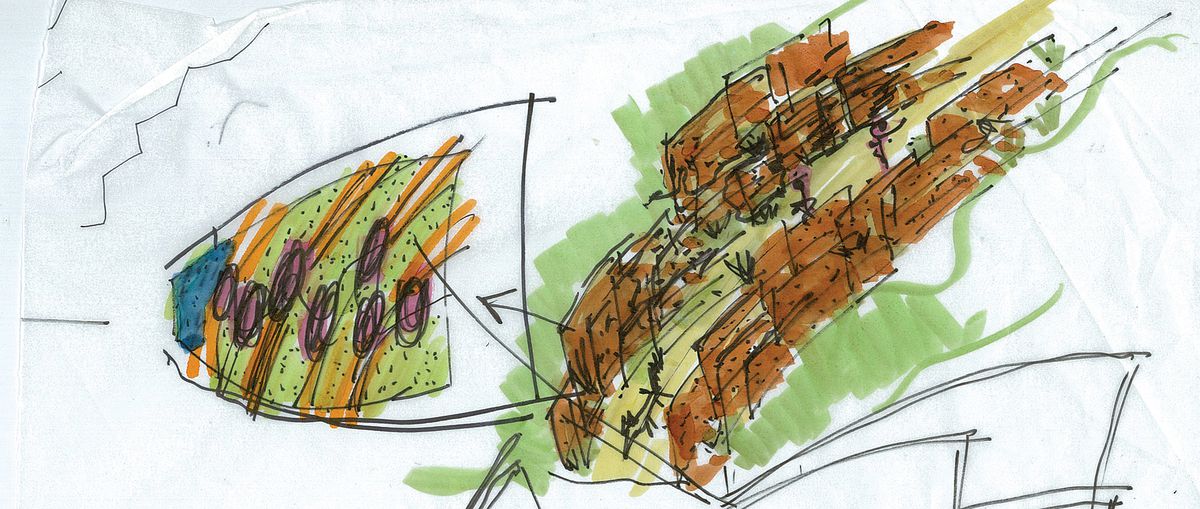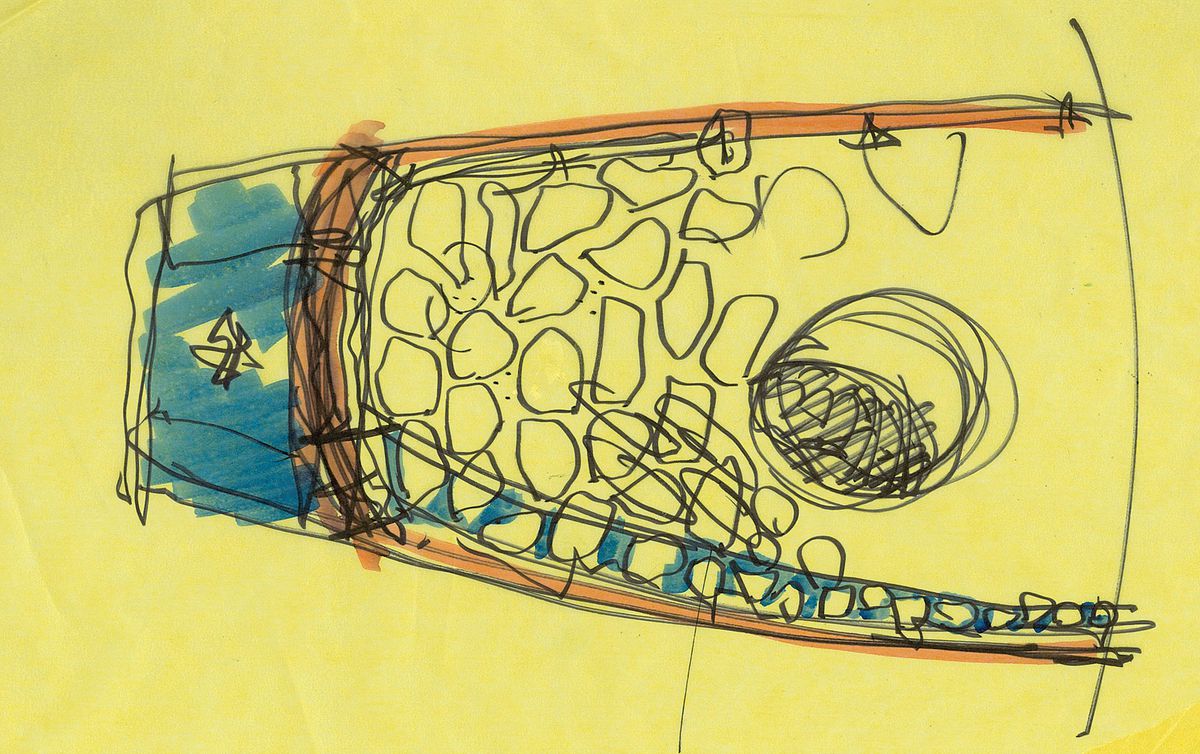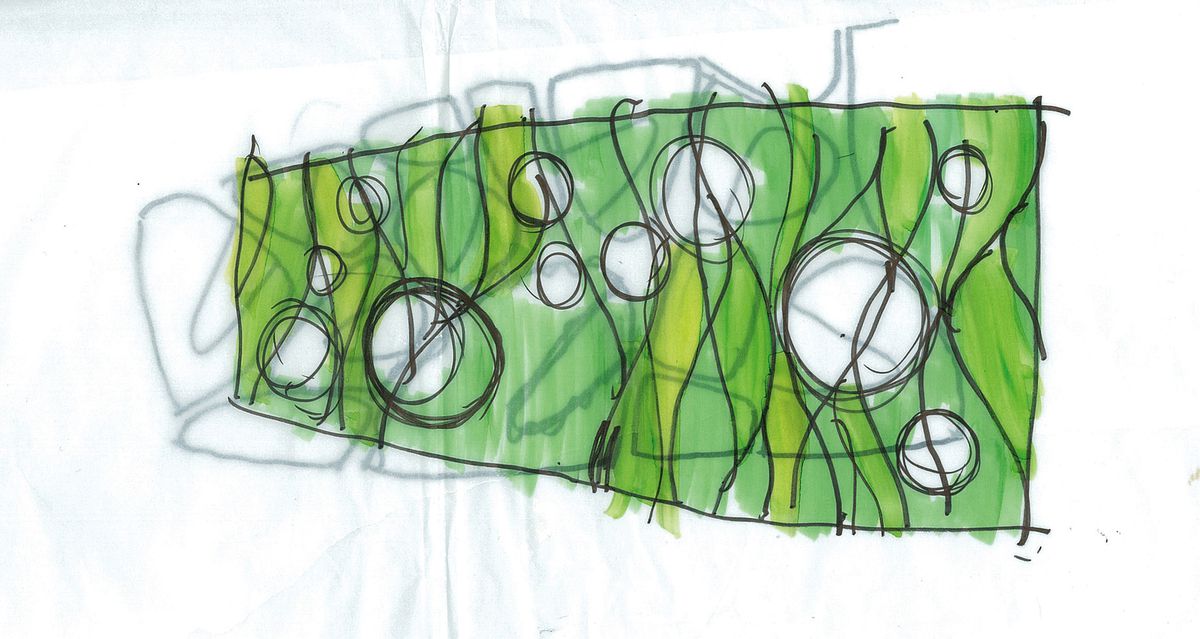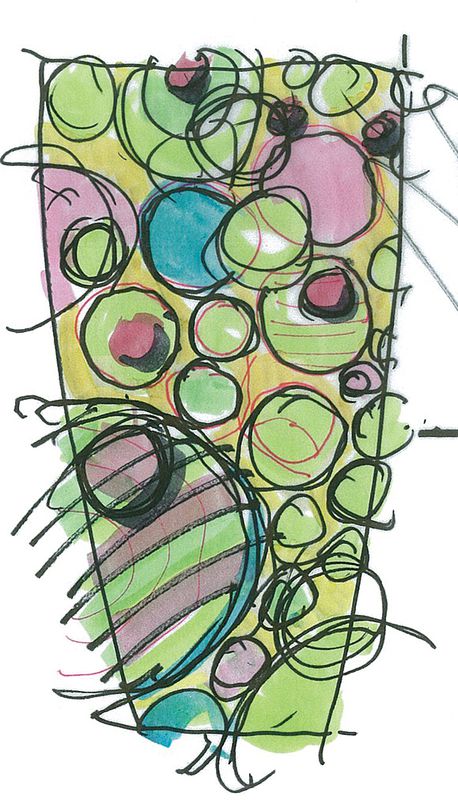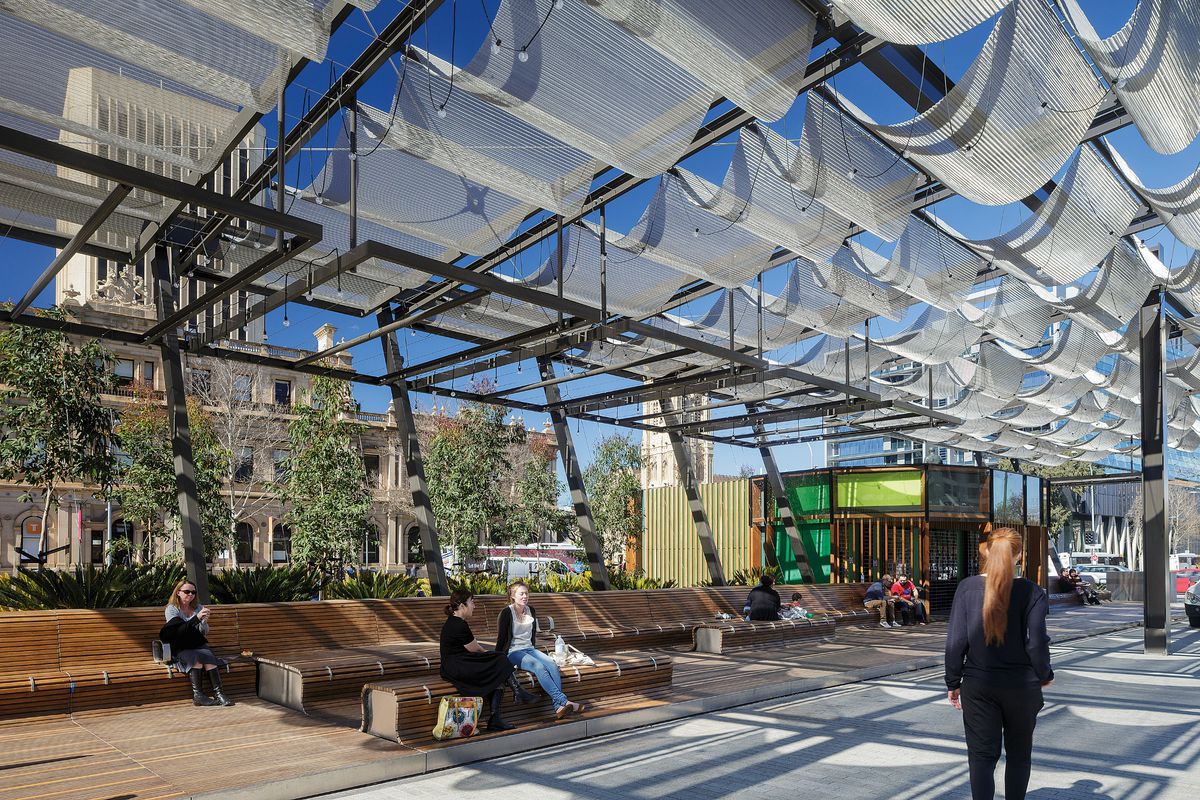Of all the built environment professions, landscape architecture is most concerned with “site” – with the nuances and constant variability of external spaces of indefinite limit.
This article is not primarily about the challenges that a particular site proposes for a particular project, or about the lessons that this might provide for similar sites. It is rather about the challenges that the very notion of site poses for all projects and for any attempt to reconceive a site as something other than what it is. If landscape architecture wishes to identify, let alone continue to push the boundaries of practice, it must not cede its strongest and hardest won skills – skills in working as directly, as painfully and as joyously as possible with actual sites in all their intractability, and with all the gorgeous and tricky material reality of the stuff of sites including vegetation, water, paving, furniture and much more.
Taylor Cullity Lethlean (TCL) has gained an enviable reputation as a leading landscape architecture practice and has increased the sophistication and breadth of its office systems and digital production capacities accordingly. Staff are thoroughly trained in a wide variety of software that enables swift project development and management.
Yet director Kate Cullity is wary that the very distinctiveness of our sensitivity to the complexities and potentials of sites may be increasingly compromised by productivity expectations that spring from just such advances in digital technologies and the virtual communication practices that feed on them. The virtues of instantaneous, objective and defensible accuracy can obviate the necessity, expense and awkwardness of going to a site, let alone going many times and to many different sites. Design conception, testing and refinement in virtual worlds permit efficiencies in practice that make firms more productive, profitable and competitive. Designing at a computer has you working in a world you can control. This is clearly advantageous in many ways but is also a disadvantage when wanting wonder, when valuing uncertainty.
Sketches of the Mosaic Garden and southern half of Victoria Square, Adelaide.
Image: TCL
At a computer one is treating the hyperreal as real, or as the reality that matters. The transfer of site-specific and site-generated thoughts is nonetheless subject to standardized fields in data comprising the virtual sites where most designers now spend their time. In simple terms, they are designing without the consuming messiness of site, without the qualities of changing light, ephemeral sound, smell and temperature, and without all the rich proprioceptive knowledge that designers train themselves to work with.
What at first may seem to be a retrograde, Luddite appeal to pre-tech touchy-feely tree hugging is more a plea to beware narrow-mindedness of any sort. This includes limiting our reliance on digital information when attempting to understand a site and to develop a design response. Digital information is constrained in conveying unique and shifting qualities of light, planting and topography and their effects in combination upon other materials and features. It is the ongoing experiences of many sites, consciously and rigorously examined, that become the knowledge base and precedents for future design proposals. This is how landscape architects become rich thinkers, persuasive communicators and strong designers. The experience of sites, of in-situ learning, is loaded with important subtleties of appreciation concerning scale, age, patina, succession, temperature and all the gentle yet persistent assaults on our senses that mould our impressions of a place.
The future of landscape design must build on long-acknowledged areas of disciplinary expertise and sensitivity – the ability to “read” sites – as well as integrate these into ever-evolving technologies that permit rapid remote communication. Recognizing that such communicated representations, while necessary, are also necessarily reductive means having control of choices about those representations.
So what does TCL do to reinvest in the difficult, time-consuming arena of experiential knowledge? Firstly “time” must be rethought as a resource that is qualitative rather than merely quantitative. Its consumption in the making of work should, at the very least, reflect its subsequent consumption by clients and users. “Saving” time raises the question of what one saves it for. We might hurry less to reduce costs than reconsider values. And what we learn when we do this is also what we can pass on to others, what makes a project special. It skills us up toward making the next project special too.
The designers in TCL’s Adelaide office are never far from their work. They live in their projects. Cullity must pass through the airport forecourt every time she gets a flight. The office regularly lunches in Victoria Square and as individuals, staff frequent the activities held there. At one point in developing the Victoria Square Masterplan it was thought necessary to have a definitive, tactile sense of just how far away it was – how many physical steps it took to get from their office door to the square. So they went out walking and counted their consciously felt footfalls.
Victoria Square, Adelaide by TCL, Tonkin Zulaikha Greer, David Lock, Paul Thompson and Peter Emmett. An “urban lounge” stretches alongside the arbours at the square’s outer edge.
Image: John Gollings
Perhaps the most subtle and unusual of TCL’s urban projects is the recently completed wetlands at the Adelaide Botanic Gardens. Site visits for landscape architects are a practical requirement, as no site survey ever seems to capture all necessary data and things always need proving. In a project one wishes to make special (and which would we not?), one must experience qualities that are not captured in any survey. These immersions and intimacies are not simple. They don’t just happen at the start of the project, and not only for the immediate site – they build skills in sensitivity to the nuances of place that are applied in appreciating future sites.
Cullity declares she is not someone who can sit for long at a desk. She does not think this is necessarily a handicap. At a time when architects and others are consolidating professional concerns and credentials for siting and environmental impact, the skills landscape architects are attuned to as a matter of course – or should be – risk erosion by the constant call of the office and the output deadline. Take time.
If there is an aspect of redesign and re-engineering of the profession that it is timely to rethink, it may well be the importance we place on knowing our sites, on feeling our sites, on revaluing feeling as an indispensable form of knowledge – no matter how inarticulate and even inconsistent – that comes from an indispensable form of research, however ultimately unresolved. We are all grateful to have insights shared. This is a gift of great projects; they make the conceptual concrete. Still, we would do well to take longer feeling our embodied way into finding those ideas, remembering that concepts were, in their turn, born of the experiences of a prior concreteness, the gift of other works that have moved us.
Source

Discussion
Published online: 8 Oct 2015
Words:
Jo Russell-Clarke
Images:
John Gollings,
TCL
Issue
Landscape Architecture Australia, August 2015

